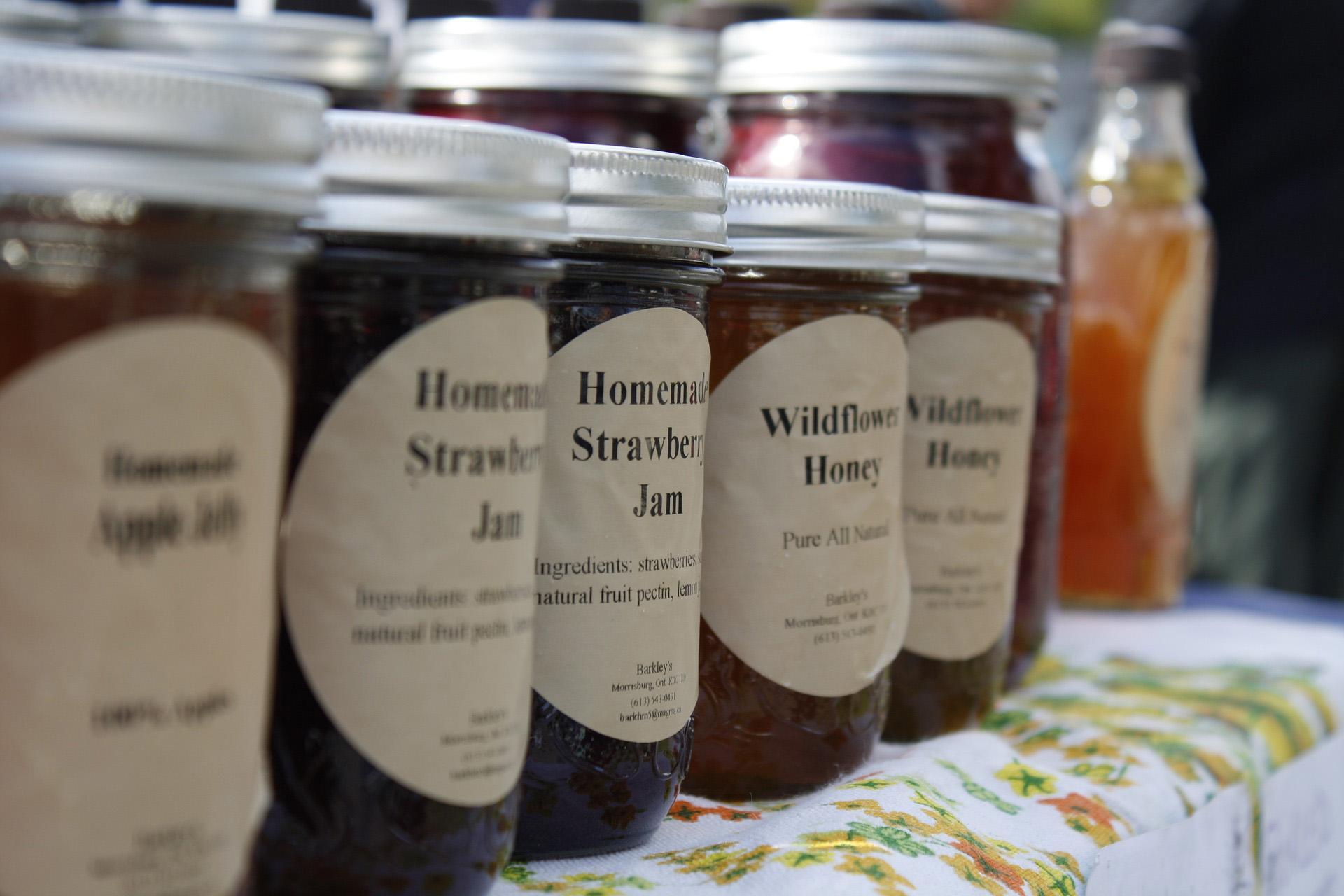Direct marketing and value-added products are two of the best strategies farmers can employ to improve net profitability. Value-added products can open new markets, enhance the public's appreciation for the farm, and extend the marketing season.
Value-added processing offers farmers the potential to capture a larger share of the food dollar. The farmer's share of the consumer's food shopping dollars decreased from 46 percent in 1913 to just fewer than 20 percent in 2006, according to the USDA Economic Research Service. Why? Consumers buy more "ready-to-eat" or "ready-to-cook" food while farmers generally produce and market raw agricultural commodities.
Value-added products are defined by USDA as having:
- A change in the physical state or form of the product (such as milling wheat into flour or making strawberries into jam).
- The production of a product in a manner that enhances its value (such as organically produced products).
- The physical segregation of an agricultural commodity or product in a manner that results in the enhancement of the value of that commodity or product (such as an identity-preserved marketing system).
Unfortunately, there is no simple blueprint to follow that applies to everyone for value-added. The resources listed on this site can assist you in the process of identifying, selecting, managing, monitoring, and growing a value-added enterprise.
Explore the value-added sections below on Meats and Poultry, Dairy, Acidified Foods, and Cottage Industry.

